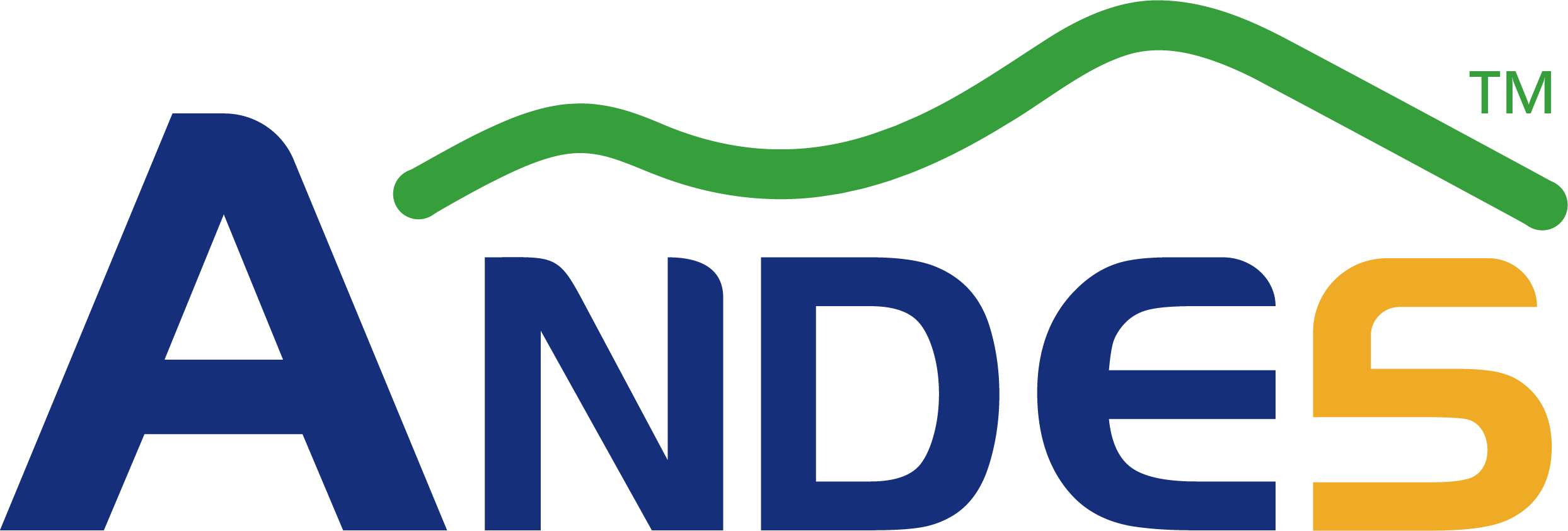Tomorrow and Thursday this week is the Internet of Things (IoT) developers conference. It takes place at the Hyatt Regency in Santa Clara. There are 3 keynotes and 3 CTO viewpoints:
- Driving Heterogeneous System Architectures Everywhere – Amit Rohatgi, Imagination Technologies
- Solving the Networking Puzzle: From IOT to SDN and Everything in Between Tareq Bustami, Freescale
- Business & Design Implications of the Internet of Things – Gareth Noyes, Wind River
- Designing Change for the Internet of Things – Chris Rommel, VDC Research
- Ethernet Everywhere: Future-proofing IoT Networks – Martin Nuss, Vitesse Semiconductor
- Technologies Needed For the IoT’s Always-On Healthcare Revolution – Kaivan Karimi, Atmel
The types of chips used in IoT products fall into three broad categories. The first are autonomous chips with extensive on-chip processing power. The second is cooperative mode where the processing activity is shared between the chip and the server. And master/slave mode where the IoT chip doesn’t perform data processing but just collects the data (of course it still needs some connectivity to get to the backend processing servers.
Power is the big battleground. IoT products have to live on battery power for a long time. They are not like your cellphone that you charge every night. In some cases they scavenge power, in others they run on batteries that might have to last the entire life of the product. Think how annoying it already is when you have to change the battery in your smoke alarm, and that is only every couple of years.
The Andes 32-bit MCUs have been designed from the beginning to be extremely low power. They have more DMIPS per megahertz than even ARM’s lowest power Cortex-M0. One area Andes has focused on is optimizing the memory interface. The have FlashFetch which minimizes the number of accesses to flash memory, which is power hungry. This works with a pre-fetch buffer that speeds access to non-loop code (and occupies just 2K gates for 64-bit wide memory). Then for loop code there is a TinyCache that holds a whole small loop and again minimizes access to flash memory (and occupies 7K gates for a 128B buffer). FlashFetch doesn’t just reduce power it also delivers a performance boost since flash memory is also much slower.
The other major attribute of IoT devices is the need for good security. Nobody wants malicious bad guys to take control of their thermostat or their electricity meter, never mind their front door lock or their heart pacemaker.
Andes has security on the JTAG port to prevent unauthorized access to the internals of the chip. They also have instruction local memory security between the FlashFetch buffers and the processor itself to protect the code that is executed. They also have protection against differential power analysis, a means of extracting encryption keys and the like but analyzing the amount of power used on each instruction cycle. This is especially important for cryptographic devices such as smart cards.
So, bottom line, Andes has:
- More performance
- Lower power
- Build-in security
Andes will be presenting at the IoT developers conference on Thursday at 2pm, immediately after lunch. Pre-registration for the conference has closed but you can register at the door.
More articles by Paul McLellan…
Share this post via:





Comments
0 Replies to “Processors For Internet of Things”
You must register or log in to view/post comments.